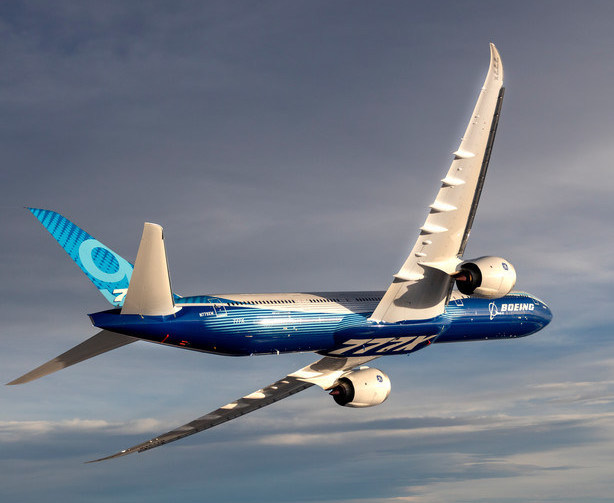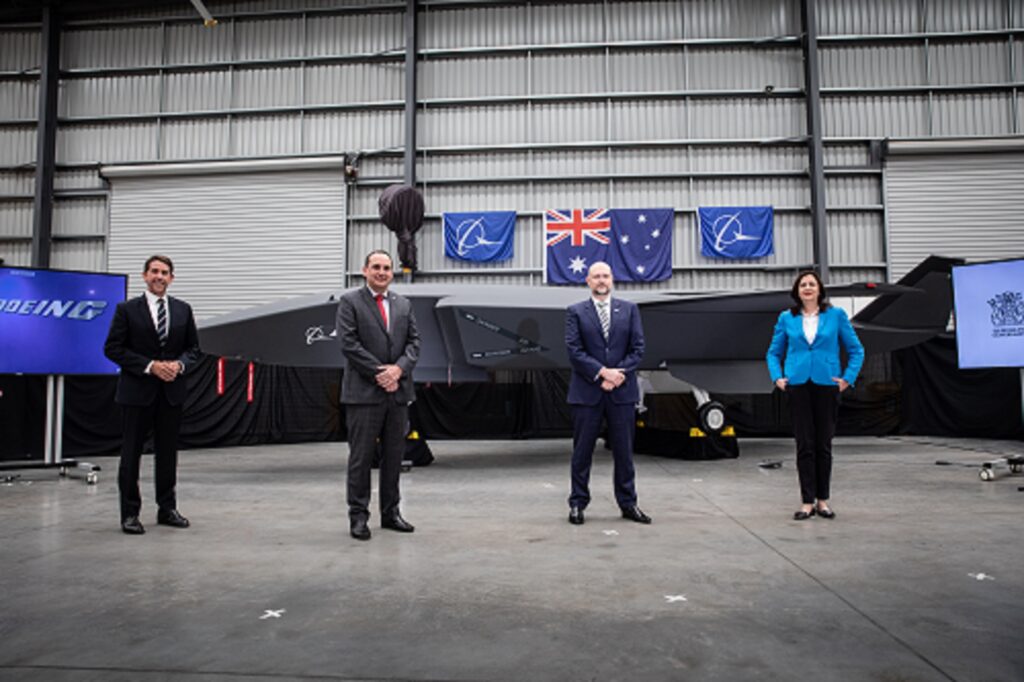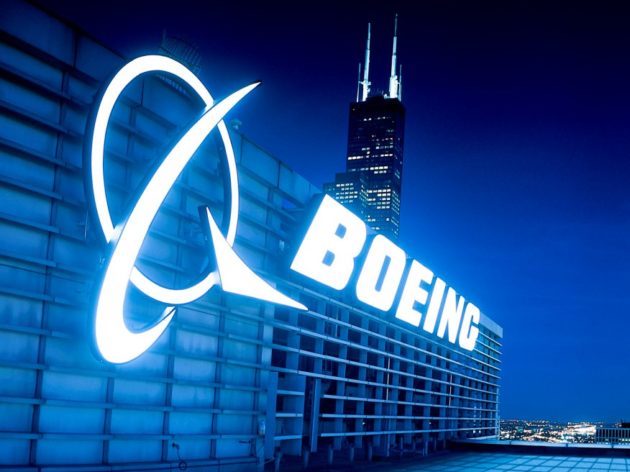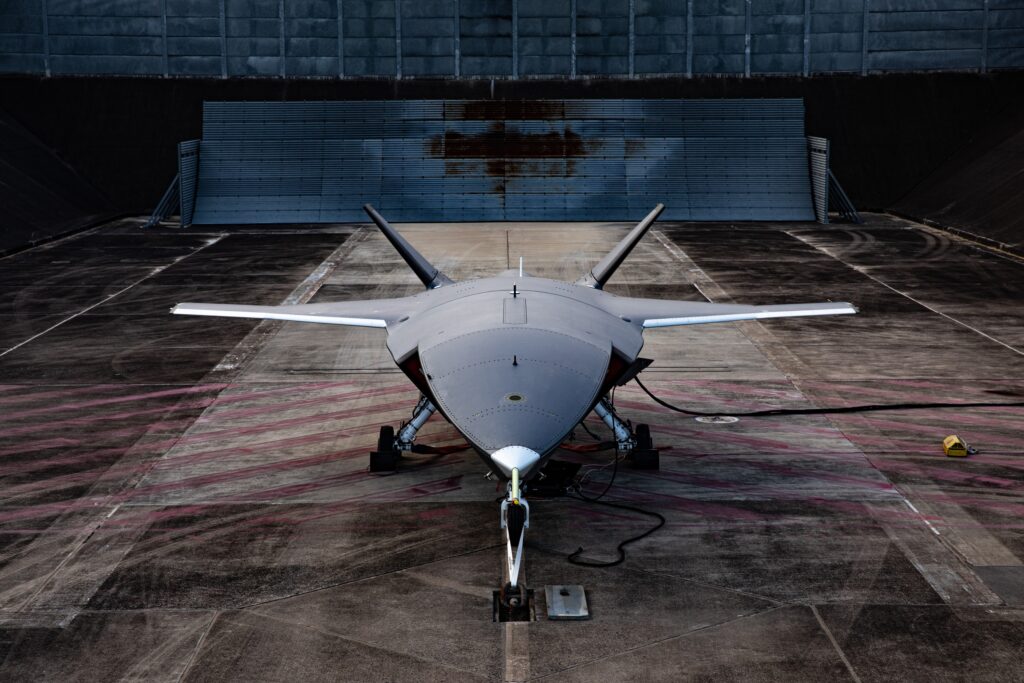Boeing to Debut 777X, Spotlight Defense at 2021 Dubai Airshow
DUBAI, United Arab Emirates, Nov. 4, 2021 /PRNewswire/ -- Boeing (NYSE: BA) will showcase its market-leading portfolio of commercial, defense and services products at the 2021 Dubai Airshow this month, including the international debut of its newest fuel-efficient…




